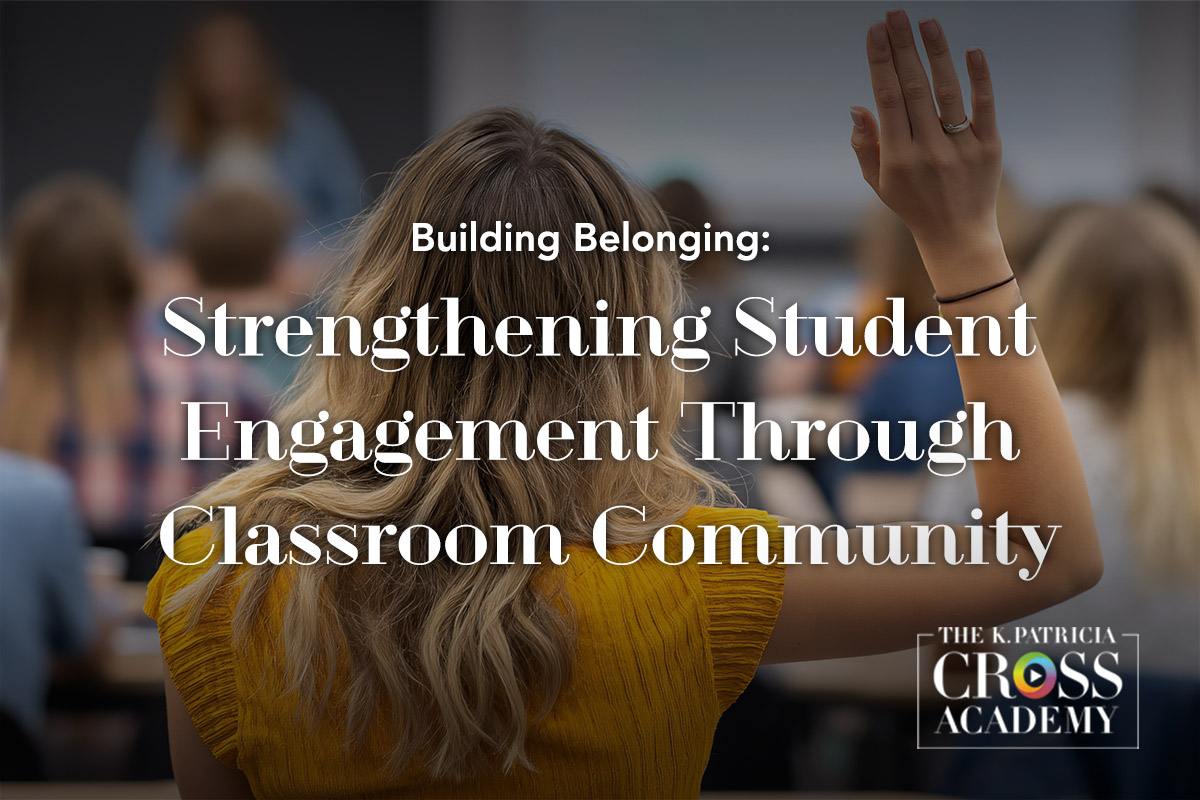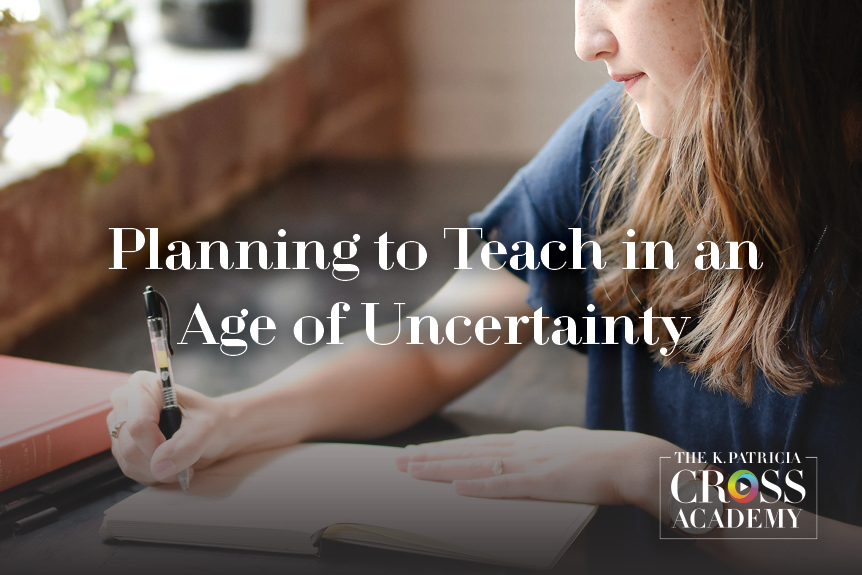
At the outset of the COVID-19 pandemic and the sudden, mandatory campus closures, college and university faculty had to quickly determine how best to offer instruction online. Video-conferencing apps like Zoom and Skype provided a lifeline, as many faculty turned to synchronous remote instruction to communicate with their geographically dispersed students. Some instructors, knowing that their students only had access to portable devices and sometimes limited internet access, chose asynchronous learning approaches using technology such as email and discussion boards. As a result, the adoption of technology for teaching and learning in recent months has been unprecedented, and early indications are that this uptick in teaching with technology is likely to continue for the foreseeable future.
Teaching in an Age of Uncertainty
With the close of the spring academic term and the onset of the summer, we continue to face uncertainties about when campuses might open again. While some institutions have announced definite plans to be online in the fall, giving faculty and students a sense of certainty about what to expect and how to prepare, others have announced plans that students will return to campus - but the question of whether that will actually happen looms large. And still other institutions have not yet made decisions. Thus, what fall term will look like in higher education across the country is unclear. Indeed, in a recent Inside Higher Education article, the authors list 15 different fall potential scenarios.
Given what has happened thus far and the myriad options for fall, we suggest that teaching and learning during the pandemic can currently be organized into 3 phases:
Remote Teaching
Feb-May 2020
Remote Teaching to Online Learning
May-Aug 2020
Uncertainty
Aug-Dec 2020
Many of us who teach, then, are in a state of flux and uncertainty. And many of us find ourselves forced to plan for fall in a way that allows us to be flexible. We have to plan for teaching that we may be doing onsite or that we may be doing online. What this means in practice is being prepared to teach fully onsite and online and to potentially shift between the two at a moment’s notice. This represents a dramatic shift in the way that we have to plan our teaching.
Offering high-quality instruction in the fall term under these conditions will take a huge amount of planning and work from those of us in the teaching trenches. Being ready for anything requires thinking and rethinking what we typically do in the college classroom, including reframing and reconceptualizing communication, engagement, community, and more. How can we best plan for an uncertain fall? Whatever we do, we should likely begin this work immediately, given the amount of time and effort it will demand.
Planning the Pedagogy
To start, we need to think through three critical questions. The first question is this: what should students learn? You may already be clear on the answer, but if not, consider taking the Learning Goals Inventory to help you think through this important question. The LGI will guide you through a process to identify the broad learning goals that you have for your course. You can then narrow down to specific goals for a particular class session or learning module.
The second question is this: what instructional method, strategy, or technique is best to teach students what they should learn? At the K. Patricia Cross Academy, we have videos and downloads describing 50 specific teaching techniques that you can sort according to your teaching goal. Many of these techniques can be readily implemented in the online environment, but we have also accelerated our efforts to create additional videos with explicit instructions for online adaptation.
After determining how to teach what students should learn, the third question is this: how do we accomplish the intended teaching? This question is particularly difficult to answer in the current context of uncertainty because how do we do what we need to do without knowing where we will be doing it? We suggest that faculty should think through how to accomplish the same goals and implement the same techniques in multiple contexts and modalities: onsite, online synchronous, and online asynchronous. Following are two examples of how to plan in this way:
Learning Goal:
Develop foundational knowledge of the concept
Teaching Technique: Active Reading Documents
Active Reading Documents are carefully prepared forms that guide students through the process of critical and careful reading. The activity can be made a collaborative one by adding in a small group or full class discussion about the responses to the questions in the assignment.
Onsite
Online Synchronous
Online Asynchronous
Learning Goal:
Integration of information: Have students connect course content to their lived experiences
Teaching Technique: Contemporary Issues Journal
Students look for recent events or developments in the real world that are related to their coursework, then analyze these current affairs to identify the connections to course material in entries that they write in a journal. The technique can be made a collaborative one by pairing students and asking students to comment on each other’s entries.
Onsite
Online Synchronous
Online Asynchronous
Planning the Instructional Model
Considering how to use a specific teaching technique is only the start. The next step is to consider how you might plan to be flexible or to toggle to a new modality if needed. Following are three models to consider:
-
Flipped Learning is a pedagogical approach in which direct instruction, such as conveying information through lecture, moves out of the classroom and into the individual learning space, typically in an asynchronous format. The shared group learning space - typically the onsite classroom but also possible through synchronous videoconferencing - becomes an interactive learning environment where the educator guides students, often through asking and answering questions. The benefit for this format is that the direct instruction is done ahead of time, and the format of the shared learning space can be done onsite or through synchronous video conferencing.
In our Contemporary Issues Journal example above, in a Flipped class, the student completes the assignment at home and then discusses entries in the classroom, which can be located onsite or offered through an online synchronous session.
-
Blended Learning is a format in which a student learns in part through onsite learning and in part through online learning. This is different from Flipped learning in that direct instruction, as well as collaborative activities, can occur onsite or online. Blended learning has the advantage of giving students learning experiences in both modalities. Furthermore, in the case of our current uncertainty, only part of the class must be rethought if conditions change. The disadvantage, however, is that if a shift happens, you may still find yourself having to scramble to move part of the course to a different environment.
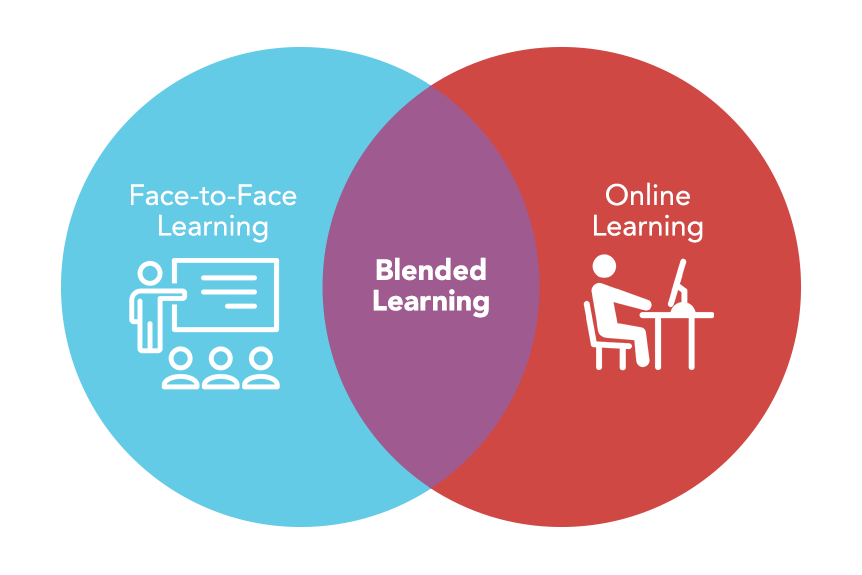 In our example of Contemporary Issues Journal above, in a Blended class, students complete the entry on their own time and turn it in (either onsite or online); they then participate in discussion or peer review activity to give each other feedback either onsite or online.
In our example of Contemporary Issues Journal above, in a Blended class, students complete the entry on their own time and turn it in (either onsite or online); they then participate in discussion or peer review activity to give each other feedback either onsite or online. -
Hyflex (Hybrid Flexible) Learning. Students themselves have the choice within a single course and within a single module of whether to learn entirely online asynchronously or through blended delivery with onsite or synchronous video conferencing. There are three major advantages to this approach. First, it offers students choice. Second, it will likely decrease the number of students in an onsite class, which can be helpful during a time of physical distancing. Third, should the need arise, the simultaneous onsite and online synchronous session can be shifted to online synchronous only quickly and with relative ease. The disadvantage is that it increases faculty workload to have to plan both modalities fully, and it can be difficult to manage students onsite and through a videoconference simultaneously.
In our example of Contemporary Issues Journal above, in a Hyflex class, students complete the documents online; they then participate in discussion related to the questions onsite or simultaneously in synchronous online discussion.
Moving to a New Normal?
Many faculty are now realizing that the remote learning that we adapted to so quickly was not a one-time event. Rather, it was just a first step in a longer journey to offering high quality instruction that is not dependent upon a single modality. What the new normal is, and when it will begin, is uncertain. The chances are, however, that we will need new levels of technologically supported learning as well as fully online offerings going forward. This is important intellectual work, and with appropriate planning, we will be ready.
Suggested Citation
Barkley, E. F., & Major, C. H. (n.d.). Planning to teach in an age of uncertainty. CrossCurrents. https://kpcrossacademy.ua.edu/planning-to-teach-in-an-age-of-uncertainty/
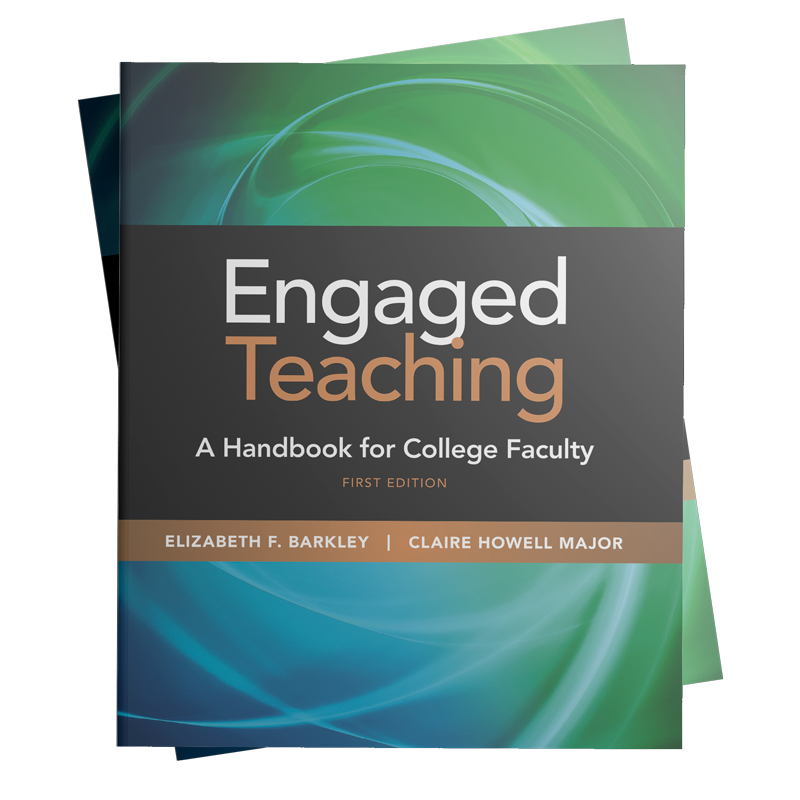
Engaged Teaching
A Handbook for College Faculty
Available now, Engaged Teaching: A Handbook for College Faculty provides college faculty with a dynamic model of what it means to be an engaged teacher and offers practical strategies and techniques for putting the model into practice.
